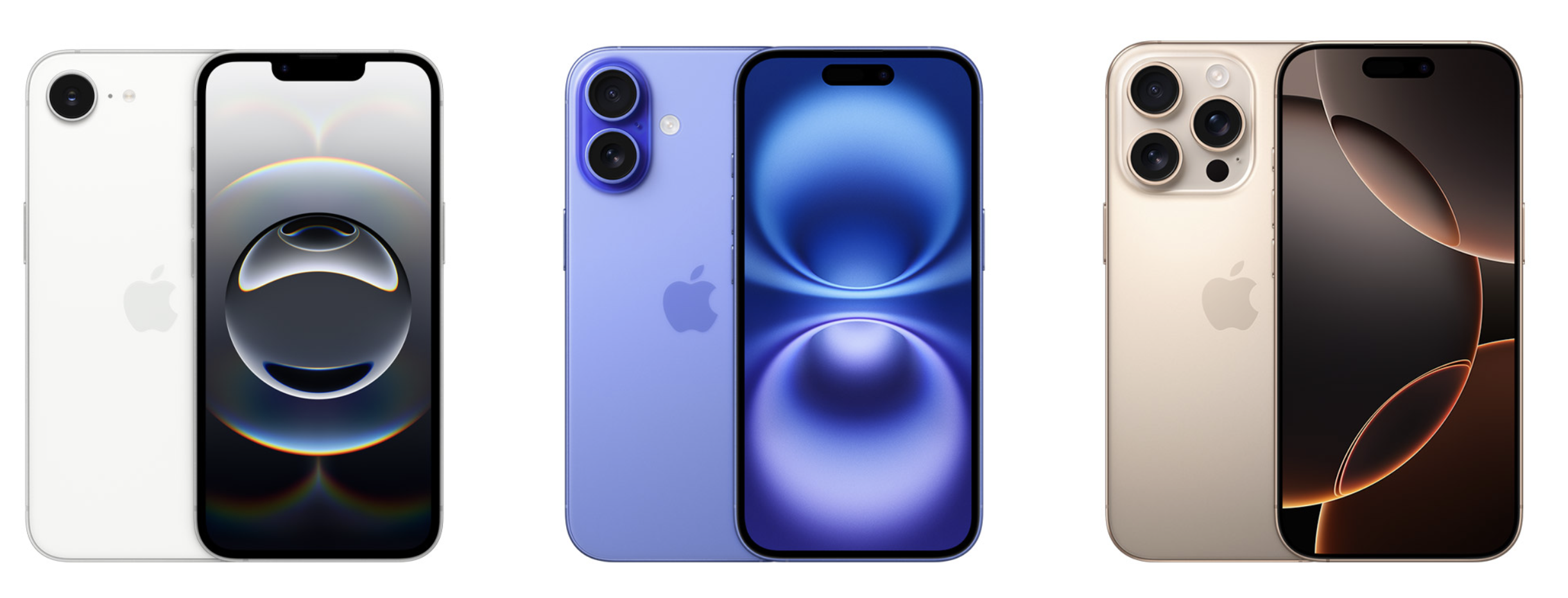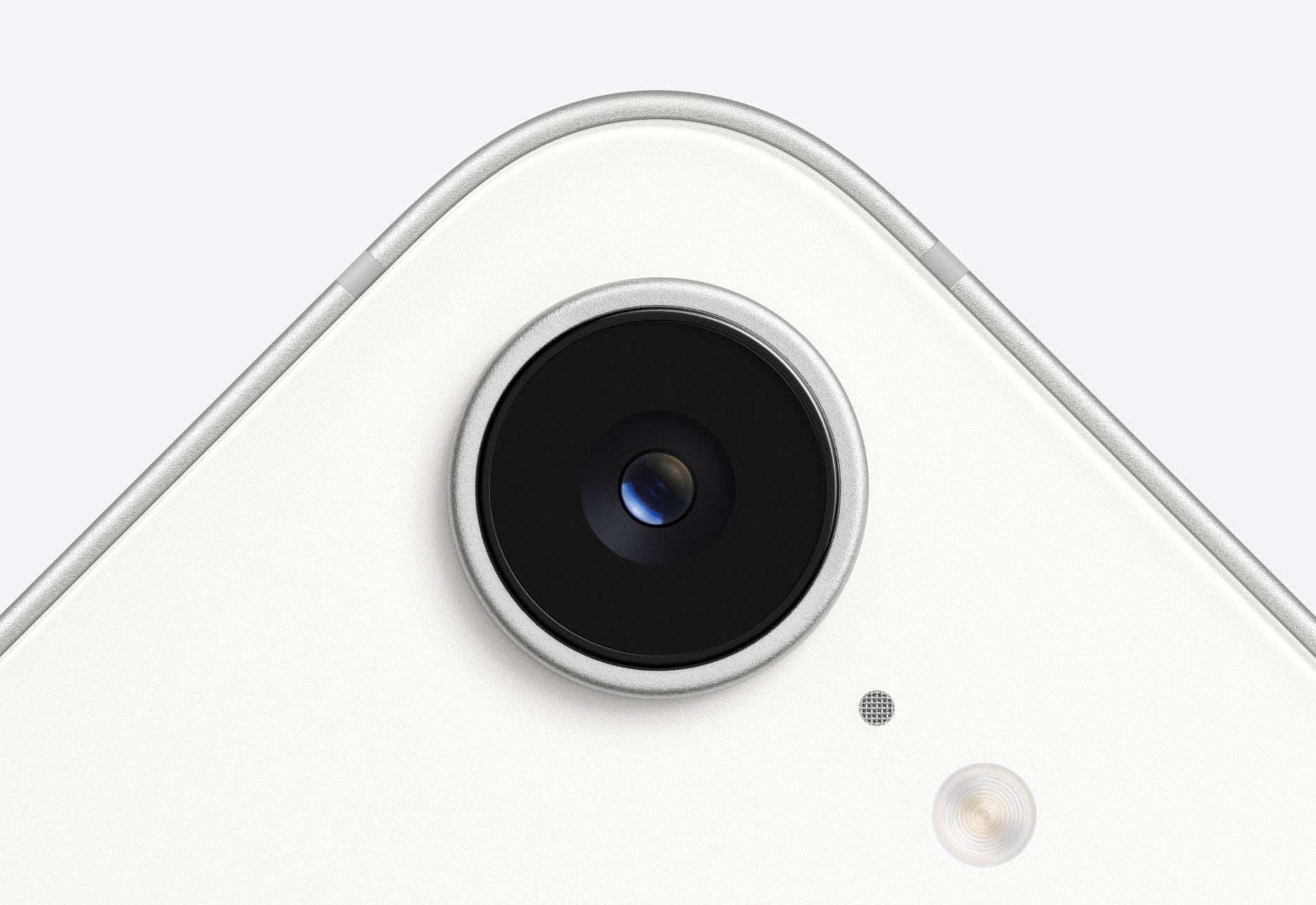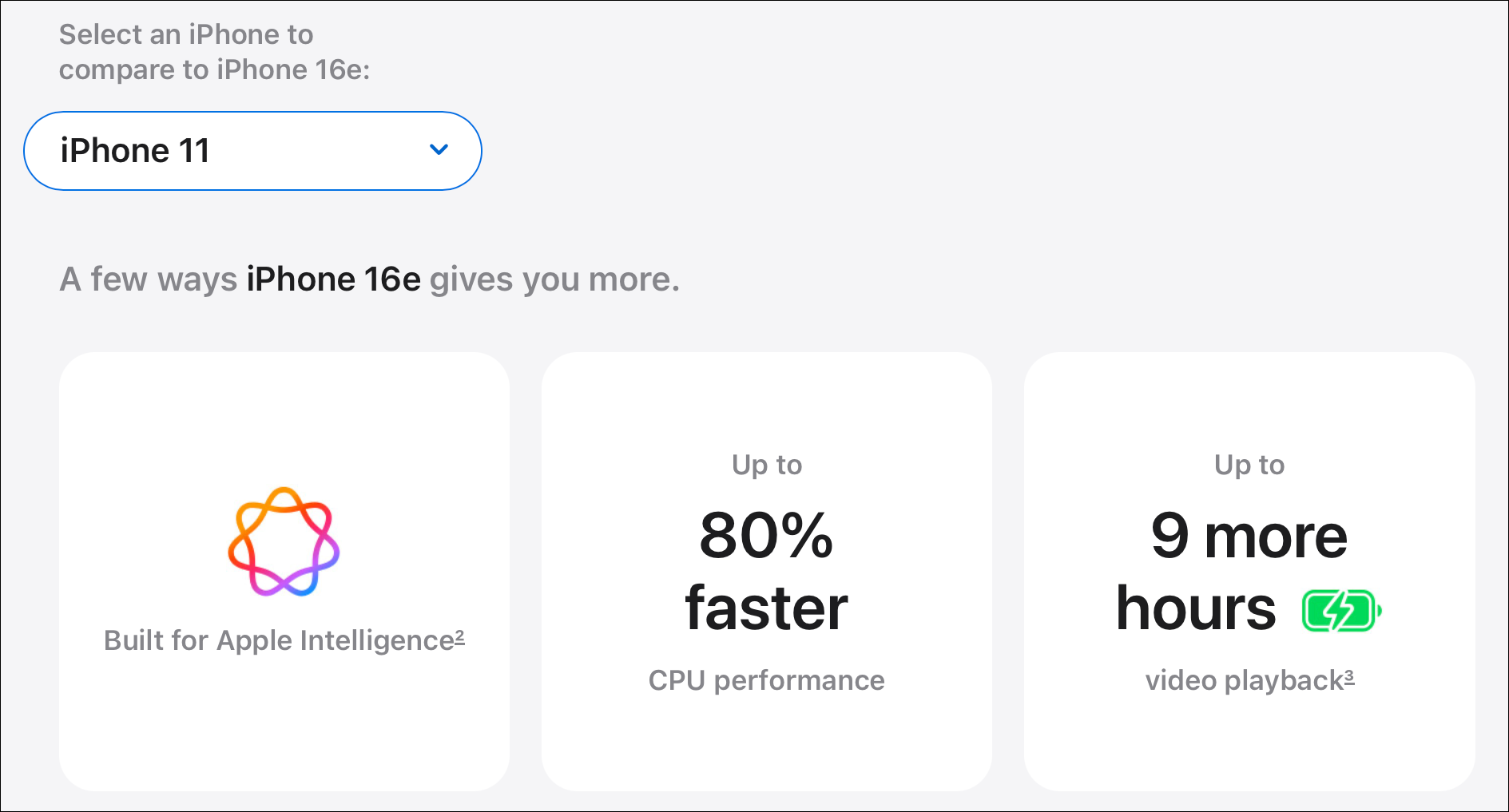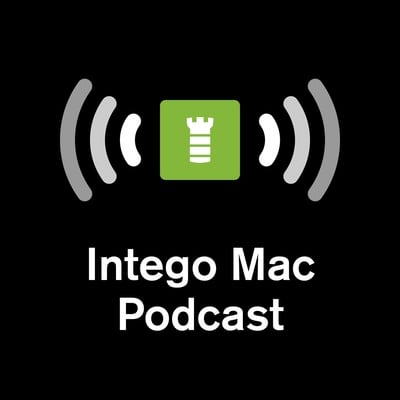iPhone 16e Review: An iPhone That’s Good Enough for Most People
Posted on
by
Kirk McElhearn

When most people buy a new phone, they only make a few choices. Almost everyone is locked into one of two operating systems: iOS or Android. The second factor that most people consider is price. While there are plenty of people who buy a phone for its camera, the majority of people buy a phone for its basic features, such as screen size, storage, and battery life.
If you’re thinking about buying a new iPhone, you might be tempted by the comparatively low price of the iPhone 16e. Apple no longer sells an iPhone SE; this year, the company replaced the SE with the 16e, a brand-new addition to the main iPhone lineup. But is the iPhone 16e the right choice for your needs?
Below is our full review of the iPhone 16e, with everything you should know before you buy. (And if you’re curious about the other iPhone models, be sure to also check out our article on how to decide which iPhone is the best one for you in 2025.)
A brief history of the iPhone SE
For about a decade, the iPhone SE was Apple’s entry-level iPhone model. It was aspirational: it was the low-priced iPhone that people bought to get into the ecosystem, or because they didn’t want to spend more. It lacked the marquee features of other iPhone models, the display was often smaller, and the camera was almost an afterthought. But it still ran iOS, and it let people use familiar apps and communicate using iMessage. 
In recent years, however, the iPhone SE became increasingly outdated; it was sort of the neglected stepchild of the Apple product line.
For example, it was the only iPhone that still had Touch ID. Face ID was originally introduced on the iPhone X, which was the “pro” model of 2017. A year later, in 2018, Face ID also became available for that year’s non-pro model, iPhone Xʀ. Meanwhile, the original iPhone SE from 2016, and its successors, lagged behind on Touch ID. This also meant that the SE’s screen was substantially smaller than other iPhones; this was in part because of the smaller body, but also because of the amount of space taken up by the Home button.
In addition, the iPhone SE was never released on a regular schedule; iPhone SE models were released in 2016, 2020, and 2022. So unless you happened to buy one in the same year it was released, your low-end phone was already quite out of date.
The new iPhone 16e
The new iPhone 16e marks the first time that Apple has added a third option to its main iPhone product line. The prices for the base models in the smaller size displays (6.1“ or 6.3”) of the iPhone 16e, iPhone 16, and iPhone 16 Pro, are $599, $799, and $999. In a standard pricing strategy of good-better-best, each step up costs an additional $200.

The iPhone 16e, iPhone 16, and iPhone 16 Pro.
It’s tempting to compare the new iPhone 16e to the iPhone SE; one might call it the spiritual successor to the budget phone. But it’s more fair to think of the iPhone 16e as a less expensive iPhone 16. It’s the iPhone for people who don’t want the more advanced features—and higher prices—of the other models, or for people just getting into the iPhone ecosystem. While the 16e is the new cheapest iPhone available, it doesn’t feel cheap. Some might argue that this sets it apart from the SE, which always felt like an outlier.
Relatively little is “missing” from iPhone 16e
What surprised me most about the iPhone 16e—as a user of an iPhone 16 Pro Max since September—is how little is missing compared with the premium model. The iPhone 16e has a lovely OLED display, Face ID, and a full-size screen (unlike the iPhone SE, which had wasted space at the top and the bottom). It even has the customizable Action button, just like the other iPhone 16 models.
This iPhone is snappy and responsive; this isn’t surprising, because it uses the same processor as the iPhone 16. But because of this, it’s hard to find anything I do in my daily use of an iPhone to tax the processor. Videos look just as good on both iPhones, and spatial audio sounds similar between the two. Since the iPhone 16e has only four GPU cores, compared to five for the iPhone 16 and six for the iPhone 16 Pro, it might not play high-intensity video games as well as other models, but you’d be hard-pressed to find any other tasks it can’t perform just as well.
With Apple’s latest chip, 8 GB RAM, and 128 GB storage, this phone can run the new Apple Intelligence features. This combination of the processor, RAM, and storage should make this model fairly future-proof for several years. The advertised battery life of up to 26 hours of video playback—four hours more than the iPhone 16—is a real plus for a phone this size. (Apple says that its in-house developed C1 modem, introduced in this model, contributes to the improved battery life.)
The iPhone 16e camera
The main difference across the iPhone product line is the cameras.The iPhone 16e has a single camera, the iPhone 16 has two cameras, and the iPhone 16 Pro has three cameras. The iPhone 16e camera is quite competent, with a 48-megapixel main camera that can shoot at a 2X optical zoom. The iPhone 16e can even shoot video in 4K Dolby Vision at up to 60 fps. Having said that, if the quality of the camera is especially important to you, I wouldn’t recommend choosing this model; you have better options with the iPhone 16 and iPhone 16 Pro.

Other missing features
A notable feature missing from the iPhone 16e is MagSafe, which both allows you to charge more efficiently using an inductive charger, and use MagSafe accessories. However, I purchased a third-party case that brings its own magnets, and this lets the 16e snap onto my MagSafe charger and connect MagSafe accessories. While this model charges more slowly on inductive chargers than other iPhones, it’s fine for charging overnight. It also has fast charging via USB-C, with up to 50% charge in 30 minutes.
Another thing the 16e lacks is the Dynamic Island at the top of the screen, although this is something that many people won’t notice. It doesn’t have the new Camera Control button that the rest of the 16 lineup includes. And it lacks the 120Hz ProMotion and always-on display, and speedy USB 3 data syncing, that the Pro models have—but, again, most people won’t notice these unless they’re downgrading from a recent Pro-model iPhone.
The iPhone 16e as an upgrade from an older iPhone
Apple also touts that iPhone 16e is great for people who don’t upgrade their iPhones often. It’s not surprising that, on the device’s product page, Apple compares this model to iPhone 11, 12, and SE models, showing that the iPhone 16e has from 50–100% more battery life and 90% faster CPU performance than these iPhones that were introduced between 4.5 to 5.5 years ago.

If you pay close enough attention to specs and features to care a lot about how the iPhone 16e compares with the more expensive iPhone 16 models, then this phone might not be for you. If, however, you’re upgrading from a several-years-old iPhone or switching from Android, and don’t want to pay $800 or more for a new phone, then this is undoubtedly the iPhone you should get. With Apple’s current 0% financing in the U.S. and some other countries, this phone will run you $25 a month for two years; and a few more bucks for AppleCare+ to protect it.
This is the first iPhone that really feels like the commodity that the smartphone has become. I found it difficult to identify any key features that would make this a bad choice for most users. It’s certainly not the best iPhone, but it’s pretty darn good.
How can I learn more?
 Each week on the Intego Mac Podcast, Intego’s Mac security experts discuss the latest Apple news, including security and privacy stories, and offer practical advice on getting the most out of your Apple devices. Be sure to follow the podcast to make sure you don’t miss any episodes.
Each week on the Intego Mac Podcast, Intego’s Mac security experts discuss the latest Apple news, including security and privacy stories, and offer practical advice on getting the most out of your Apple devices. Be sure to follow the podcast to make sure you don’t miss any episodes.
You can also subscribe to our e-mail newsletter and keep an eye here on The Mac Security Blog for the latest Apple security and privacy news. And don’t forget to follow Intego on your favorite social media channels: ![]()
![]()
![]()
![]()
![]()
![]()
![]()